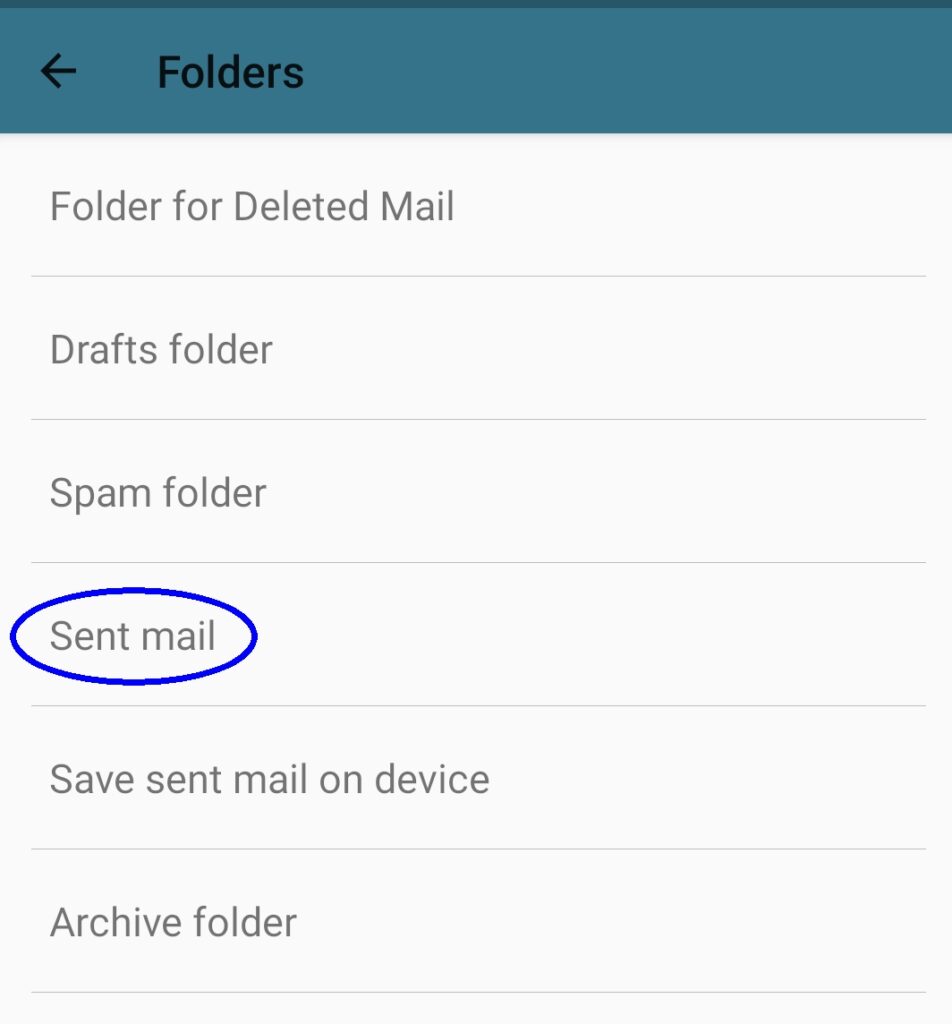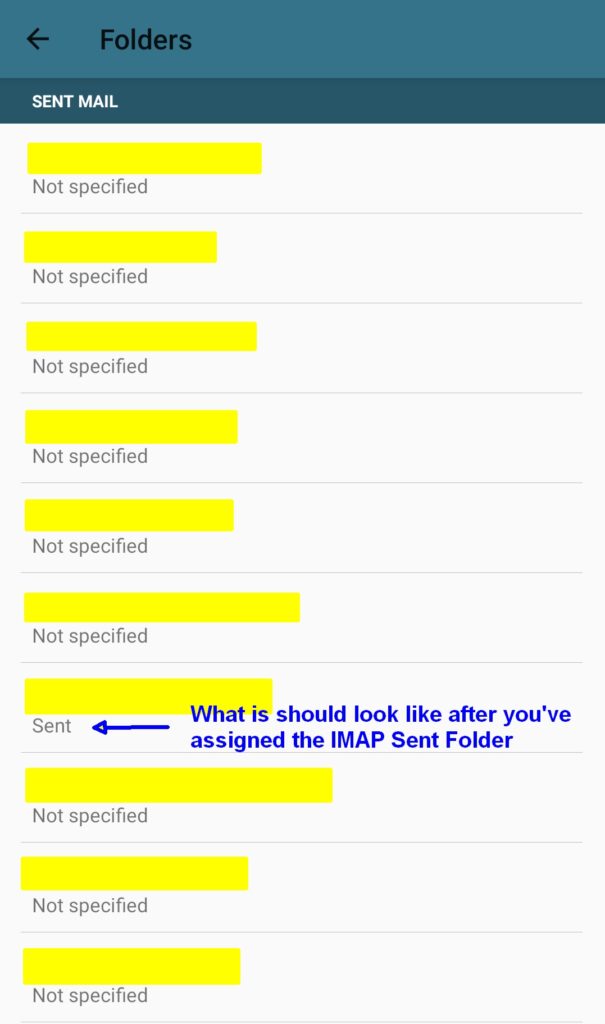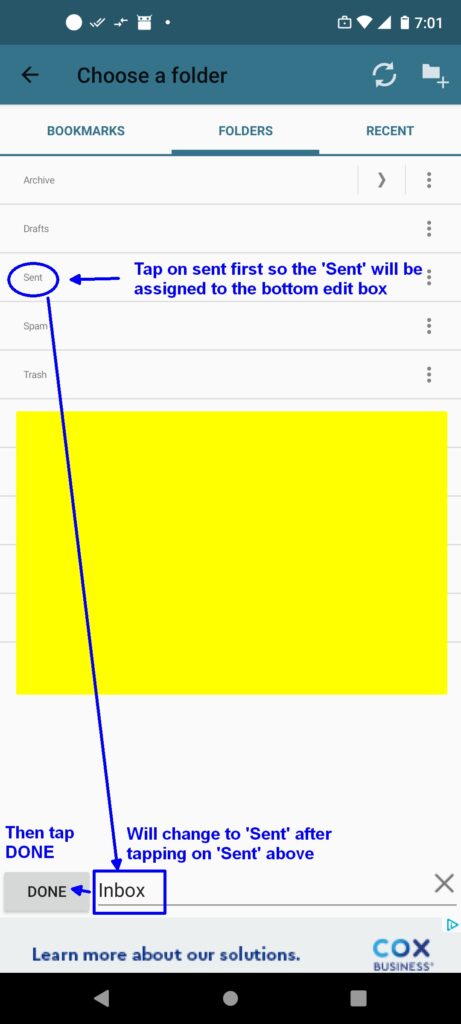This behavior is so frustrating. We don’t live in a time where IMAP storage space is at a premium anymore! Fairmail saves a copy of sent mail in the IMAP’s ‘Sent’ folder by default.
I did some research and it seems like MailDroid insists on ‘saving the sent mail in “Sent from device” folder (I tried disabling it thinking Maildroid will be smart enough to save it in the IMAP’s sent folder, but no, it doesn’t).
Fairmail’s Settings->Send->Message->[Last Item] On Replying to a message in user folder, save the reply in the same folder was disabled (should be, or else it’d be messy), but there’s a subtext that says “The email server could still add the message to the sent message folder”, which points me to think saving a copy to the Sent folder is an IMAP server managed behavior, so it doesn’t rely on email clients specifically telling it where (which folder) to save the sent email.
I was about to give up Maildroid and stick to Fairmail, and did a little research on “imap put sent mail in sent folder” and viola, Maildroid is the first one that came up. Seems like I wasn’t the only one perplexed by Maildroid’s weird design choices and it seems like most other email apps do not have this awkward behavior.


I did as what the dev for maildroid said and it turns out all of the email accounts in use says “Not specified”. When I clicked on one of the accounts, the root folder /Inbox shows up. I had to expand it with the ‘>‘ so the (IMAP) sub-folders show up.
This GUI was designed horribly and it’s clearly an afterthought. The reason I’m saying that instead of just assigning the IMAP sent folder right away after I tapped on it, the UI changes the text at the bottom of the screen (WTF) to what I’ve selected (despite there were no multiple choices) and expect me to click the DONE next to it. It’s so unintuitive in many levels.
![]()



